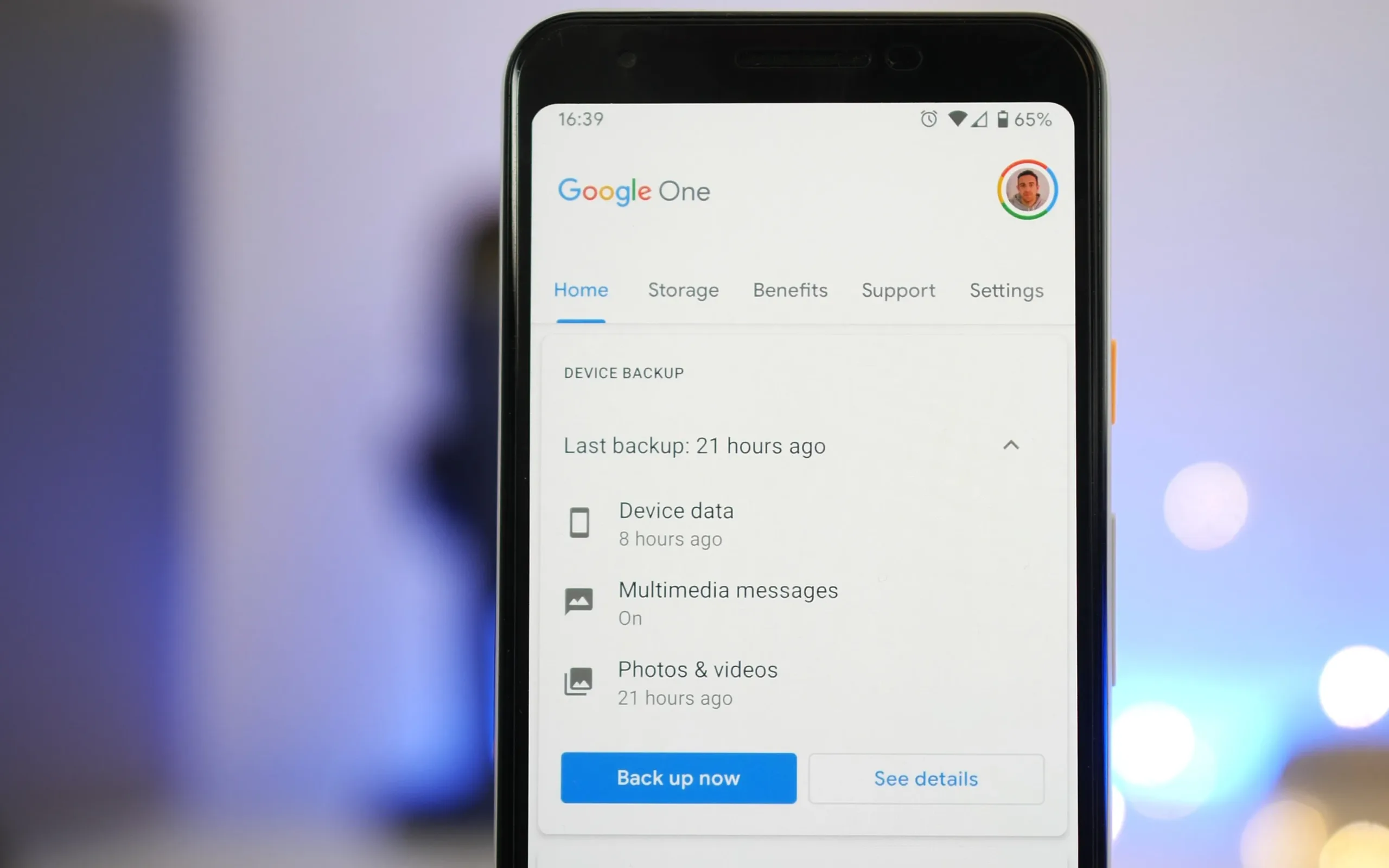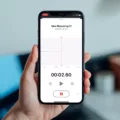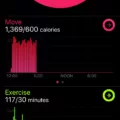Google Drive is a widely used cloud storage service that allows users to store and manage their files, photos, and other data online. As a cloud-based platform, Google Drive provides a convenient way to back up important data, ensuring that it is always accessible, even if your device is lost, stolen, or damaged.
One of the features of Google Drive is the ability to create backups of your Android device. This feature is known as Google Backup, and it allows you to back up your device’s data to your Google Drive account. With Google Backup, you can back up your contacts, photos, videos, and other data, ensuring that you never lose your important files.
To use Google Backup, you must first have a Google account and an Android device running Android 6.0 or higher. Once you have this in place, you can easily set up Google Backup by following these simple steps:
1. Open the Google Drive app on your Android device.
2. Tap on the Menu button and select “Backups”.
3. Tap on “Backup Now” to create a backup of your device’s data.
Once you have created a backup, you can manage it by going back to the “Backups” section of the Google Drive app. From here, you can view your backups, delete old backups, or restore your device from a backup.
Google Backup is a powerful tool that can help you to protect your important data and ensure that it is always accessible. By using this feature, you can back up your data to your Google Drive account and rest easy knowing that your files are safe and secure.
Google Backup is a convenient and easy-to-use feature that allows you to back up your Android device’s data to your Google Drive account. By following the simple steps outlined above, you can use Google Backup to protect your important data and ensure that it is always accessible, even if your device is lost, stolen, or damaged.

How Do I Find My Google Backup?
To locate your Google backup, you need to access the Google Drive app on your phone or tablet. Here are the steps to follow:
1. Open the Google Drive app on your device.
2. Tap on the menu icon (three horizontal lines) at the top left corner of the screen.
3. From the list of options, select “Backups.”
4. You will see a list of all the backups associated with your Google account. Tap on the backup you want to manage.
5. If required, you can download, delete, or restore the backup from this screen.
It is important to note that you can only access backups that were created using the same Google account you are currently signed in with. Also, backups are only available for devices that are running Android 6.0 or higher.
Why Use Google Backup?
Google Backup is an essential tool that enables you to save and secure your important data on your device. It ensures that your photos, videos, contacts, and other necessary information are safe and easily accessible in case of any loss or damage to your device. By using Google Backup, you can easily restore all your data on a new device with just a few clicks, which saves you time and effort. Additionally, Google One offers a seamless backup experience that is easy to set up and manage, and with just one tap, you can turn it on in the Google One app. This provides peace of mind and ensures that you never lose any important information. Therefore, using Google Backup is a smart and effective way to protect and secure your valuable data.
How Do I Restore My Apps From Google Backup?
To restore your apps from Google Backup, you need to sign in to your Google Account and agree to Android’s terms of service. Once you have done that, you will receive a list of items that you can restore, including your apps, call history, device settings, contacts, and calendar. Since you have done a full factory reset, you should choose everything on the list to restore your data fully.
To start restoring your apps, simply hit the restore button, and the process will begin. Depending on the amount of data you are restoring, it may take some time to complete the process. Once the restoration is complete, you should be able to access your apps and other data just as you did before the factory reset.
It’s worth noting that some apps may not be restored if they are no longer available on the Google Play Store. Additionally, some of your app data may be lost if it was not backed up to Google’s servers. Therefore, it is always a good idea to back up your data regularly to avoid losing important information in case of a factory reset or other unexpected events.
How To Backup Google Account?
To backup your Google account, you can follow the steps mentioned below:
1. Open the Google account settings page on your computer.
2. Click on the “Data & personalization” tab and then scroll down to find the “Download, delete, or make a plan for your data” section.
3. Under this section, click on the “Download your data” option.
4. Select the data you want to back up from your Google account, like Google Drive, Gmail, Google Photos, etc.
5. You can also customize the type of data you want to back up and the format in which you want to receive it.
6. Choose the delivery method for your backup file, i.e. email, Dropbox, Google Drive, or OneDrive.
7. Click on the “create export” button to start the backup process.
8. Once the backup is created, you will receive a notification and you can download the backup file from the delivery method you selected.
Following these steps will ensure that the important data from your Google account is backed up and can be easily accessed in case of any unforeseen circumstances.
Conclusion
Google One’s seamless phone backup feature provides a convenient and reliable way to back up important data on your Android device. With just one tap, you can turn on the backup feature in the Google One app and rest easy knowing that your photos, videos, contacts, and more are being securely stored in the cloud. In case of a device loss or reset, restoring your data is also made easy by signing in to your Google Account and agreeing to Android’s terms of service. Google One’s phone backup feature is a valuable tool for anyone looking to protect their important data and ensure peace of mind.








